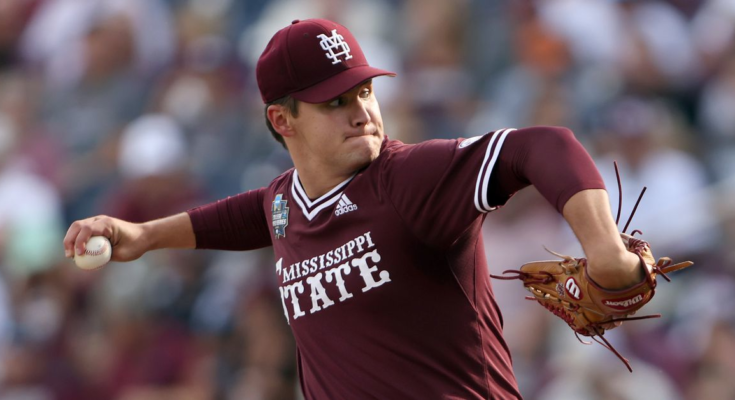The first question that Farhan Zaidi answered at his introductory press conference when the San Francisco Giants signed him as president of baseball operations was about whether the team was in win now mode, retooling, or rebuilding.
Here was part of his answer:
I think when you have that attitude, and are too myopic about, ‘we’re rebuilding, that means we’re not gonna sign free agents, that means we’re not gonna acquire veteran players,’ you’re gonna leave a lot of opportunities on the table. So I just think where we are as an organization right now, we have to cast as wide of a net as possible, and not put too many labels on what this process is gonna be other than try and make smart and sound decisions.
I think about that quote a lot.
I thought about it when the Giants made only the tiniest of moves in Zaidi’s first year, as they sought to improve on a 73-win team. I thought about it when they pushed all their chips into the middle of the table in pursuit of Bryce Harper. I thought of it this offseason, when they made their biggest moves of the Zaidi and Scott Harris era — such as offering Kevin Gausman the qualifying offer, and signing Tommy La Stella to a three-year deal — but still were only thumbing through their change purse.
And I thought about it on Sunday, when they selected Mississippi State right-handed pitcher Will Bednar with the No. 14 pick in the 2021 MLB Draft.
There are a lot of MLB war rooms that have a distinct personality. Some teams avoid prep players like the plague, while others seek out high schoolers. Some organizations are consistent in pursuing high-ceiling prospects, while others stick strictly with high-floor draftees. Some teams always try to go under slot in the first round, as was on display on Sunday.
But the Giants don’t seem to have a type or a trend. Whether or not they actually make decisions that are sound and smart can be debated, and needs a few more years to stew, but that’s certainly the attempted process when draft day rolls around.
In 2019, Zaidi’s first draft with the Giants, they selected college outfielder Hunter Bishop in the first round. It wasn’t until the eighth round, with pick No. 226, that the Giants took a pitcher (that pitcher, Texas Tech righty Caleb Kilian, sure looks like a smart pick now).
Last year, Harris’ first with the Giants, San Francisco shocked many people by selecting North Carolina State catcher Patrick Bailey with their first-round pick. While some criticized the Giants for selecting an older catcher when one of their top prospects, Joey Bart, was a nearly MLB-ready catcher (not to mention Ricardo Genovés waiting in the wings), Zaidi and Harris and the entire organization made it clear: they thought Bailey was the best player to select, and Bart had nothing to do with the equation. Neither did the condition of the MLB team, nor the state of the farm.
Despite taking another college bat, they didn’t wait for the eighth round — which is good, since there wasn’t one — to draft a pitcher. Four of their seven picks in 2020 were pitchers, but they went under slot on more than one occasion to make room for prep lefty Kyle Harrison. Now, a year later, Harrison sits as the team’s top prospect from the 2020 draft on many people’s boards.
Which brings us to 2021.
After making college pitchers the lowest priority in the last two drafts, it was a college arm being called when the Giants picked Bednar at No. 14, fresh off of being named the College World Series Most Outstanding Player.
Now, virtually no first-round selection is 100% about the player, as money almost always comes into play. The Giants can likely go slightly under slot with Bednar, opening up opportunities for later rounds. Drafting him doesn’t mean the Giants necessarily thought he was a significantly better player than prep shortstop Kahlil Watson, a consensus top-five talent in the draft who was still available, but the Giants would have had to go over slot for.
But the Giants are obviously quite high on Bednar, and given his age (21.1) and performance on the highest amateur stage, we could be seeing him sooner rather than later.
That anecdote is interesting, but not part of the equation. Bednar — both his talent and his slot situation — was chosen because the Giants felt it was a smart and sound decision. They were not looking for an experienced college player because they’re competitive now and want fast returns. They were not looking for a pitcher because their farm is light on them and they feel the need to even things out.
They were just looking for a good baseball player at an intriguing price, and they think they identified one.
Now we wait until we can put on our hindsight goggles.


